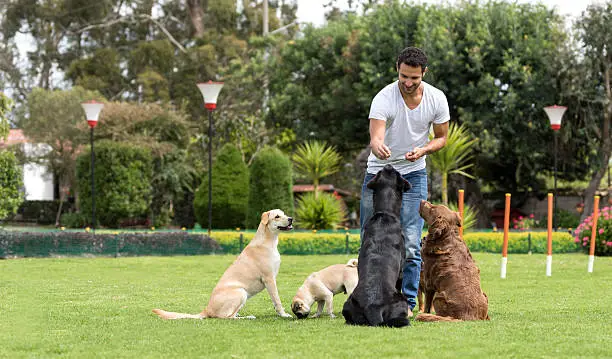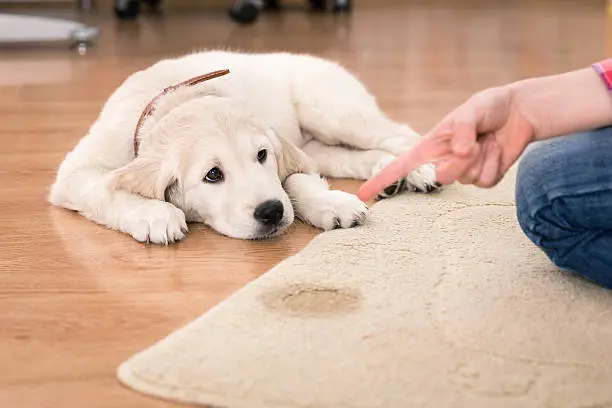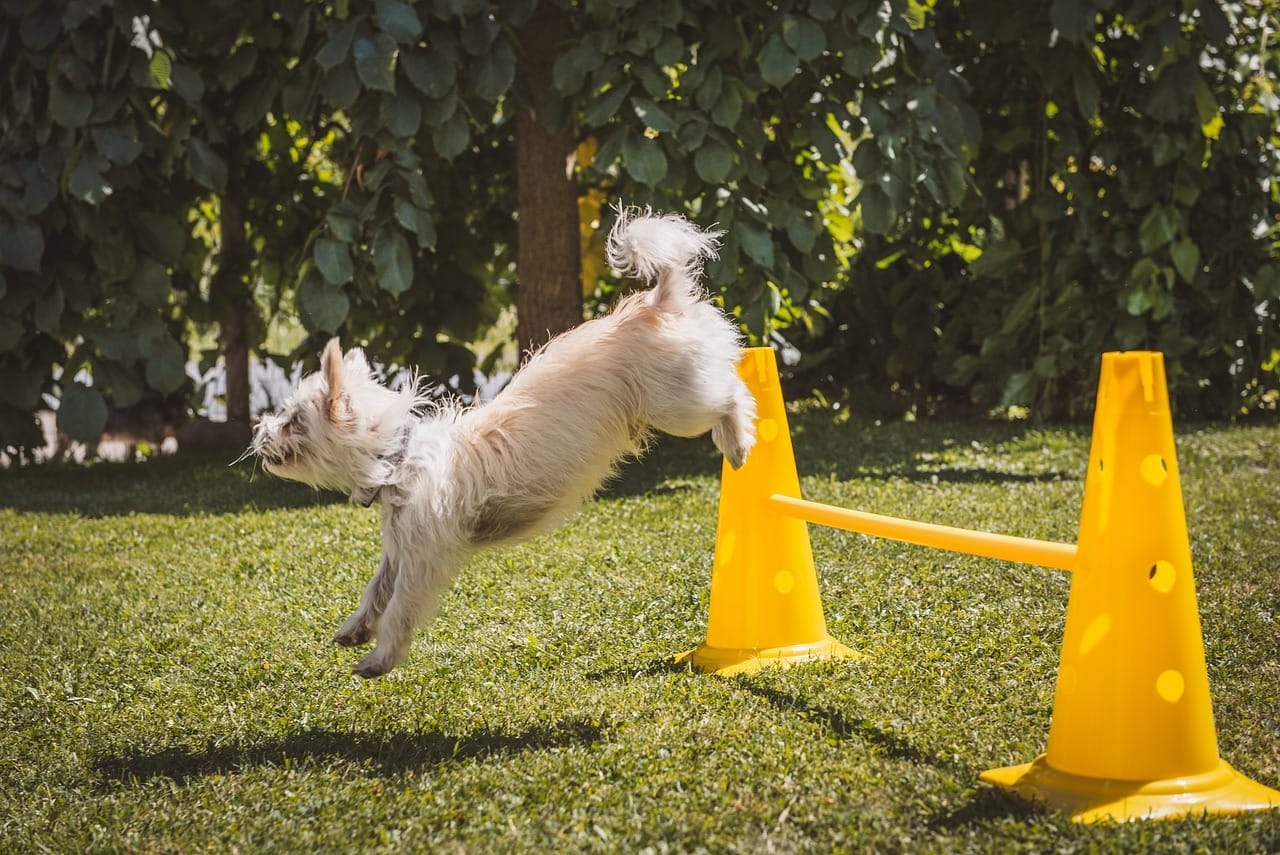Bubble Theory Dog Training is an effective dog training method that focuses on understanding a dog’s personal space. Every dog has an invisible bubble, which determines how close they are comfortable with people, other dogs, and new environments. By respecting this bubble, you can train your dog in a way that reduces anxiety, reactivity, and fear-based aggression.
This method is particularly useful for reactive dogs, nervous dogs, or those with socialization issues. By using positive reinforcement, distance control, and gradual desensitization, you can build trust and confidence in your dog.

What is Bubble Theory in Dog Training?
Bubble Theory refers to the concept that dogs have an invisible comfort zone. If someone or something enters this space too quickly, the dog may react with fear, barking, lunging, or avoidance.
How Dogs Perceive Their Bubble
Dogs use body language to communicate their boundaries. Some signs that a dog is uncomfortable include:
- Moving away or avoiding eye contact
- Lip licking, yawning, or tense body posture
- Growling or barking
- Tail tucked between legs
A well-socialized dog has a smaller, flexible bubble, while a fearful or reactive dog may have a larger, more rigid bubble.
Why Bubble Theory Works for Dog Training
1. Reduces Anxiety and Fear
Many dogs become reactive when their bubble is invaded. By respecting their space, they feel safer and more relaxed.
2. Prevents Reactivity and Aggression
A dog that lunges or barks on a leash often has a large protective bubble. Using Bubble Theory, you can gradually decrease this space over time, helping them feel comfortable in different situations.
3. Encourages Positive Socialization
Dogs that have been traumatized or poorly socialized can benefit from gradual exposure to people and animals. Bubble Theory allows dogs to interact at their own pace, preventing overstimulation or fear-based responses.
How to Implement Bubble Theory in Dog Training
1. Identify Your Dog’s Bubble Size
- Observe how your dog reacts when approached by strangers or other dogs.
- Find the distance at which they remain calm and use it as a baseline for training.
2. Gradual Exposure to Triggers
- Keep your dog at a safe distance from their trigger (people, dogs, or loud noises).
- Reward calm behavior with treats and praise.
- Slowly reduce the distance over multiple sessions to shrink their bubble.
3. Use Distance as a Training Tool
- If your dog shows stress signals, increase the distance until they are calm.
- Allow them to approach voluntarily instead of forcing interactions.
4. Positive Reinforcement for Confidence Building
- Reward your dog whenever they show calm and non-reactive behavior.
- Never punish fear-based reactions—instead, increase distance and try again later.
Common Mistakes in Bubble Theory Training
1. Forcing a Dog to Interact Too Soon
Many owners make the mistake of pushing a nervous dog into uncomfortable situations. This can cause increased anxiety and defensive aggression.
2. Ignoring Stress Signals
Dogs give subtle signs before they bark or lunge. If these signals are ignored, they may escalate their reactions.
3. Inconsistent Training
Bubble Theory works best when applied consistently. If one person respects the dog’s space while another invades it, the dog will become confused and less responsive to training.
Bubble Theory for Reactive and Fearful Dogs
Bubble Theory is especially beneficial for reactive dogs who bark or lunge at other dogs, people, or loud noises.
Managing Leash Reactivity
- Keep your dog at a comfortable distance from triggers.
- Gradually reduce the distance while rewarding composure.
Helping Fearful Dogs Gain Confidence
- Let your dog investigate at their own speed.
- Never force interactions—let your dog approach when ready.
Conclusion
Bubble Theory Dog Training is a gentle, effective approach that helps dogs feel safe, confident, and in control of their environment. By understanding and respecting their personal space, you can significantly reduce reactivity, anxiety, and fear-based aggression.
This method is particularly useful for fearful or reactive dogs but can benefit any dog, regardless of breed or age. By using gradual exposure, positive reinforcement, and patience, you can build a stronger, more trusting bond with your dog.
If you’re struggling with reactivity, leash aggression, or fear issues, try Bubble Theory Dog Training. It can transform your dog’s behavior and help them become calm, confident, and well adjusted.
FAQs About Bubble Theory Dog Training
1. Can Bubble Theory Be Used for All Dogs?
Yes! Every dog has a personal space bubble, and this method works for both puppies and adult dogs.
2. How Long Does It Take to See Results?
Training results vary, but most dogs show improvement within a few weeks if training is consistent.
3. Can Bubble Theory Be Used with Other Training Methods?
Yes! Bubble Theory works well with positive reinforcement, desensitization, and clicker training.
4. What Equipment is Needed?
- A leash and harness for control
- High-value treats for rewards
- A quiet, safe training environment
5. How Do I Know If My Dog’s Bubble is Shrinking?
Your dog will start to:
- Approach triggers more willingly
- Show relaxed body language
- React less aggressively or fearfully



